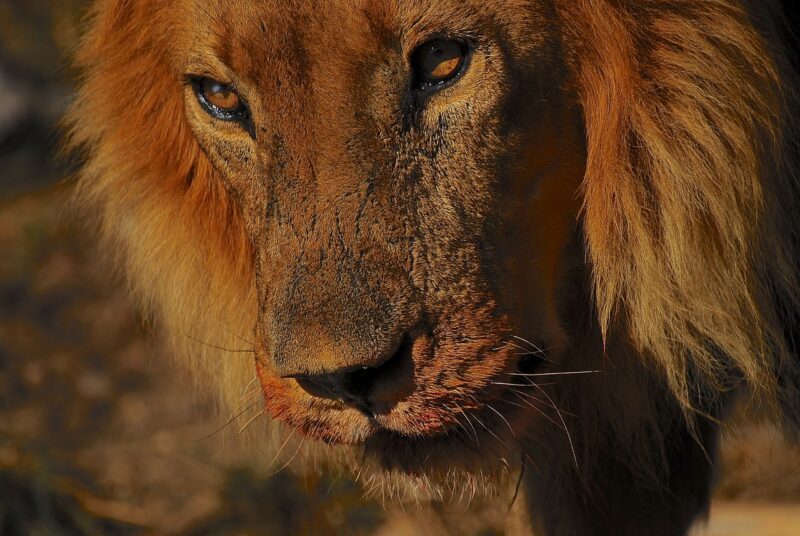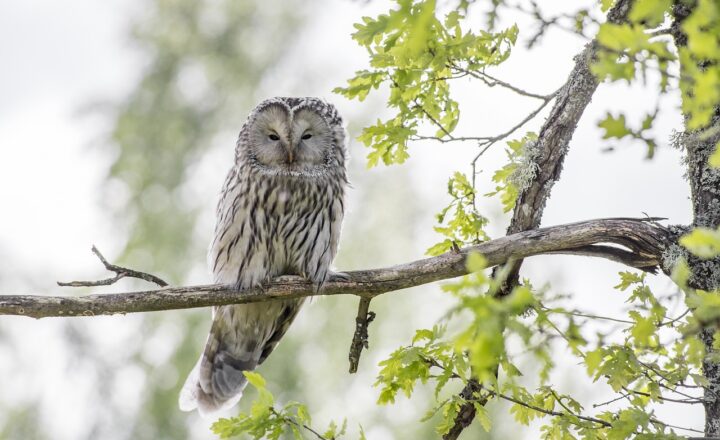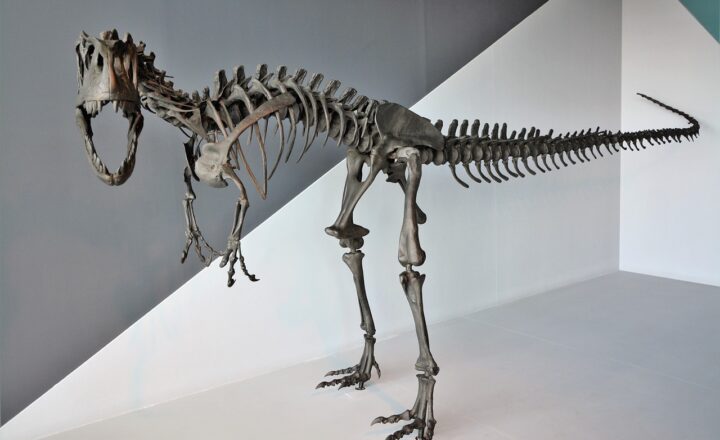Why Some Species Survive While Others Don’t: Exploring Evolutionary Survival Strategies
November 12, 2024

Throughout the history of life on Earth, some species have thrived, while others have succumbed to extinction. This disparity raises intriguing questions about the mechanisms of survival and the evolutionary strategies that enable certain organisms to endure in a world filled with challenges. Understanding why some species meet the rigors of their environment successfully, while others falter, illuminates the complex processes of natural selection, environmental adaptation, and genetic diversity.
1. The Basics of Evolutionary Theory
The concept of evolution provides a foundational framework for understanding survival in the natural world. Charles Darwin’s theory of natural selection posits that organisms are subject to random mutations that can influence their ability to adapt to their environments. Those individuals possessing advantageous traits are more likely to survive and reproduce, passing these traits to future generations. Thus, the essence of survival is rooted in genetic variation, reproductive success, and adaptation.
Key Concepts in Evolution:
- Natural Selection: The process whereby organisms better adapted to their environment tend to survive and produce more offspring.
- Mutation: Random changes in genetic material that can result in new traits in organisms, which may lead to adaptation or increased vulnerability.
- Genetic Drift: A mechanism of evolution that refers to random changes in the allele frequencies of a population, which can affect survival chances, especially in small populations.
These concepts lay the groundwork for exploring why some species survive while others do not. Key to this discussion is understanding adaptation and how it manifests in various species to ensure ongoing survival.
2. Adaptation: The Key to Survival
Adaptation refers to both physiological and behavioral changes that enhance a species’ chance of survival. Adaptations can occur in various forms:
- Morphological Adaptations: Physical characteristics that improve survival. For example, the long neck of a giraffe enables it to reach foliage in tall trees, reducing competition for food.
- Physiological Adaptations: Internal changes that influence survival, such as camels’ ability to retain water, allowing them to survive in arid desert conditions.
- Behavioral Adaptations: Actions taken by animals to increase their chances of survival. For instance, migratory birds travel thousands of miles to find optimal breeding and feeding grounds, which enhances their reproductive success.
The more significant an adaptation is, the greater the likelihood that a species will flourish under evolving environmental conditions. A hallmark of success is ecological flexibility, which allows organisms to thrive in various habitats.
3. Environmental Factors Influencing Survival
Survival is not solely a product of internal adaptations but is heavily influenced by environmental factors. Species must contend with varying climate conditions, availability of resources, and predators. A few critical factors include:
- Climate Change: Species that can quickly adapt to rapidly changing climates tend to fare better. For example, the Arctic fox can change its fur color from brown to white, ensuring camouflage in different seasons, aiding survival over time.
- Food Availability: Species with diverse diets or efficient foraging strategies tend to thrive. Generalist species can capitalize on various food sources, while specialists may struggle if their preferred resources dwindle.
- Predation and Competition: Species must also defend against predation and competition. Those that develop effective defense mechanisms, such as poison in certain frogs or the fast speed of prey species, can increase their chances of survival.
One profound example of environmental influence is observed in the fossil record, which showcases mass extinction events, such as the dinosaurs around 66 million years ago. Species that managed to survive these events evolved and diversified in the wake of drastic environmental shifts, demonstrating the resilience of life.
4. Extinction: The Consequences of Failure to Adapt
While numerous species adapt and thrive, many others face extinction. The loss of biodiversity is detrimental not only to the species themselves but to entire ecosystems. Extinction can result from various interconnected factors:
- Habitat Loss: Deforestation, urbanization, and land-use changes destroy habitats essential for species’ survival, leading to local extinctions. For instance, the destruction of rainforests directly impacts countless species, with many unable to relocate to suitable habitats.
- Invasive Species: The introduction of non-native species can disrupt local ecosystems, leading to the decline of native populations. For example, the introduction of rats to island ecosystems has been responsible for the extinction of numerous bird species that nest on the ground.
- Overexploitation: Unsustainable hunting, fishing, and harvesting practices endanger many species. The passenger pigeon and the eastern elk serve as sobering reminders of how overexploitation can lead to extinction, despite once having robust populations.
The loss of a single species can set off a chain reaction affecting entire ecosystems, showcasing the interconnectedness of life and the delicate balance maintained through evolution.
5. The Role of Genetic Diversity in Survival
Genetic diversity within a population plays a vital role in survival. Populations with high genetic variability are typically better equipped to adapt to environmental changes. Traits that confer survival advantages can spread through the population more rapidly when variations are present.
Key Aspects of Genetic Diversity:
- Resilience to Diseases: Populations with more genetic variation often have a higher chance of survival against pathogens. The infamous Cholera outbreak in the 19th century disproportionately affected less diverse populations amongst humans, illustrating the importance of genetic variation in disease resistance.
- Adaptive Potential: A diverse gene pool enhances a population’s ability to adapt over generations, ensuring long-term survival in changing environments. For example, certain species of plants possess diverse alleles that allow them to thrive in varying soil conditions, making them resilient to climate change effects.
- Inbreeding Depression: Conversely, populations with low genetic diversity may suffer from inbreeding depression, which can reduce fitness, reproductive success, and overall survivability – detrimental for conservation efforts.
The significance of preserving genetic diversity underscores the need for conservation initiatives to prevent further losses and enhance the resilience of endangered species.
6. Conclusion: The Evolutionary Narrative
The survival of species in the natural world encapsulates a complex interplay of evolutionary forces. Through adaptation, genetic diversity, and the relationship with dynamic ecosystems, some species endure while others dwindle. Recognizing the factors that bolster survival, such as environmental flexibility and resilience, can provide critical insights into the ongoing conservation efforts necessary to protect our planet’s biodiversity. The narrative of evolution not only reflects the struggles of survival but also highlights the incredible resilience of life, continuously adapting to the challenges posed by both nature and human impact.
As we advance our understanding of these processes and their implications, we empower ourselves to enact positive change for the future of the many species that share our planet, ensuring that they, too, have a chance to thrive.








